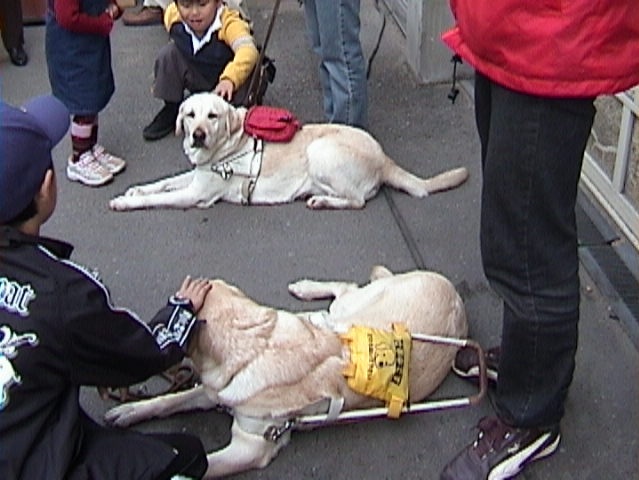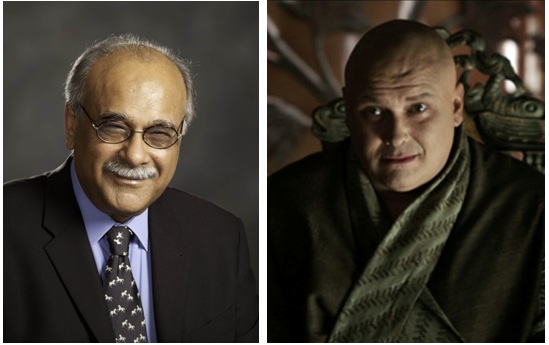Understanding ISIS
This is the first part of two part series. The latter one being:
Benedict Cumberbatch hit the nail on the head when he said ,“You cannot kill and idea with a bomb”
ISIS has been a noteworthy phenomenon, which has overtaken -almost by surprise- huge swathes of land reminiscent of Blitzkrieg some 70 years ago. To engage with them in the right manner, they need to be analyzed rationally, taking any morsel of anger and resentment out of the equation.
We have to understand them thoroughly and not superfluously. The origins of ISIS require a deep examination and their demands and motivation must not be outright dismissed but looked at. This is not to say that their demands are met but to understand why those demands exist? And why is there is such a strong committed to the cause?
ISIS is a neo-Wahabi organization with Abu Bakr Baghdadi at its helm. It is the latest monster that has broken the shackles and emerged from the Al-Qaeda laboratory and is now roaring in Sumeria; Boko-Haram and Al-Shabab being the previous two. It would be wrong therefore to label it Sunni or Islamic, as its actions grossly misrepresent the mentioned groups. To see how these monsters are created one has to look at the picture that paints global conflicts.
There are a lot of questions in the grief ridden Muslim world about existence of global morals and conscience. For instance why the UN never seizes to disappoint in resolving problems that have been pending for decades (Kashmir and Palestine)? Why the Arab spring backed up by west has lead to creation of headless states that have not quelled anxiety of populace but fuelled it. Why many a countries in Muslim world cannot furnish dignified lifestyle to their citizens let alone a secure future? A case in point is the recent siege of land on the West bank (Palestine) and the not to mention the massacre in Gaza. The world watches silently as the wounds get deeper. And in that rummage, rise these fighters feeding of the injustice and riding on waves of religious fervour that doesn’t help to question the world around them but urges them to grab it by the scruff of the neck. For any sincere effort to neutralize the threat of ISIS it is imperative to earnestly address the problems in the Muslims world that have plagued them for decades.
ISIS are much sophisticated and structured than what one associates with clan of tribal warrior. They have a proper hierarchy and operational wings, with role of every member defined. They have more technology at their disposal than ever before. Their efficacy in usage of internet and social media to boost their recruitment drive is now apparent after more than a thousand people from Europe alone have gone to join their cause. It can also be extrapolated that they have sister organizations and individuals who are working both actively and passively (gathering funds) in every major country. To date they are the most well financed Neo-Wahabi organization leaving Al-Qaeda for dead.
The ideological features and modus operandi of ISIS are similar to Boko-Haram and hence to avoid repetition, the commentary on it can referenced form this link.
When ISIS was formed they found their strength in prophetic traditions that narrate rise of warriors that would conquer “Hind” (the modern day subcontinent) and will go on to capture Syria. Although the authenticity of these traditions are disputed but clearly ISIS are trying to model themselves along these lines. To further their cause, the persecution of Sunni Muslims in Iraq by Nouri al –Maliki government and suppressing of the Arab spring in both Syria and Egypt found them many recruits.
They will be counting on a military strike and will do their utmost to provoke a reaction. And this is exactly why we must not get trapped in thinking that military strike is the only solution. On the contrary, it works in their favour as it would provide a sense of verification for their own warped views. It would drive up the numbers of recruits. War is an industry for people with nihilistic mindset. We have to act differently to deal with this menace of modern day fascism.
How do we kill an idea? This will be the subject of the second article so watch this space.







